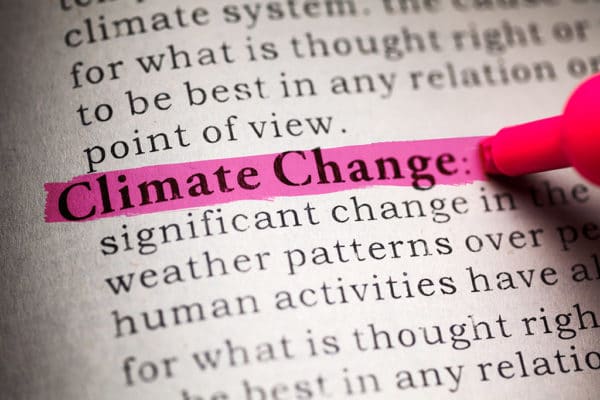I don’t need to convince you to get outdoors, but if you need persuasion – it can literally change your life.
Getting outdoors is scientifically proven to be good for your health both physically and mentally (mood improvement, improved memory, blood pressure reduction, anxiety reduction, Vitamin D intake and much more!). They have even started prescribing nature for chronic illnesses in Scotland.
For me, being outdoors brings me a sense of calm and belonging. My mind chatter is reduced, and I feel grateful, especially when I get to enjoy it with other people.
Aside from its health benefits, spending time outdoors in nature ignites a connection to the land and fuels a fight for environmental protection.
Image via Kathmandu
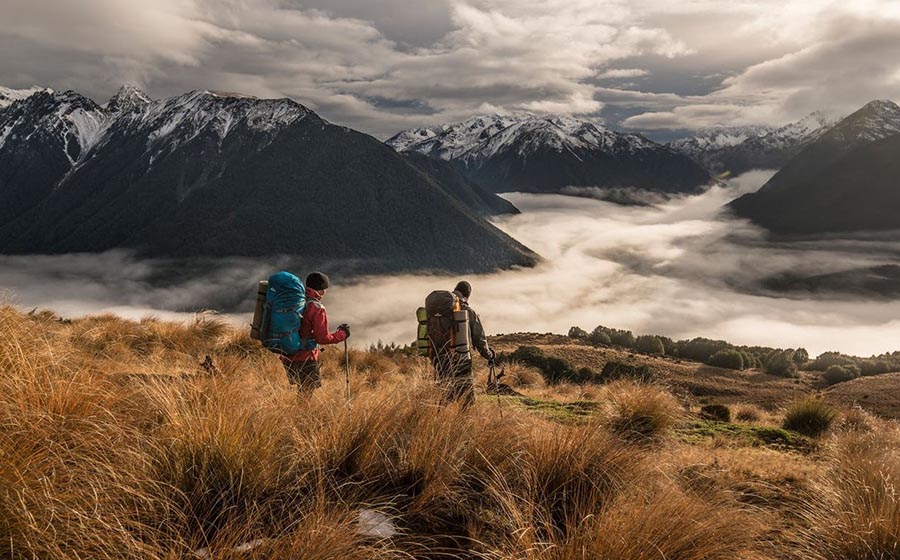
Even though exploring the outdoors is essential for humans, it’s a privilege that must be taken with responsibility and respect.
This is a rule that must also be abided by outdoor brands.
Outdoor apparel, like all textiles, has been a major contributor to the climate crisis, with the majority of clothing made from unsustainable synthetic fibers to maintain performance such as water and sweat-proof qualities.
Some of the major environmental issues contributed by outdoor gear include microfiber pollution, landfill waste, toxic dyes, and water waste. Textile dyes are one of the biggest sources of pollution in clean water sources, harming the environment, and human health.
Outdoor gear should be carefully considered before purchasing; it’s an investment and therefore should be treated like one.
Read online reviews about specific products, ask friends, borrow from friends first (if possible) or even try and score decent second-hand gear. If purchasing new, below is a list of popular and reputable sustainable outdoor clothing brands that are invested in ensuring their company and products are ethically and well-made.
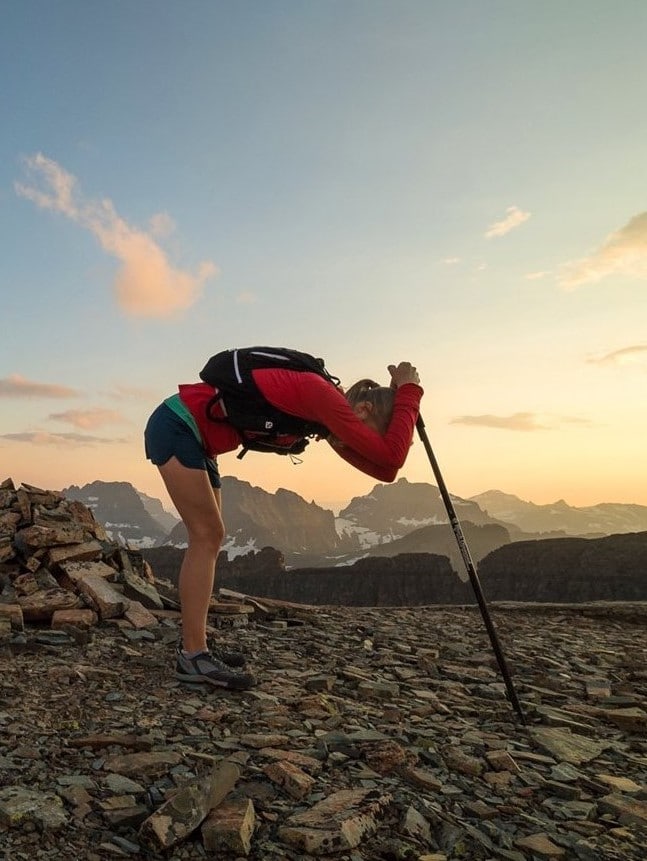
1. Patagonia
Patagonia uses its platform to fight for the environment; with strong activism on the ground, environmental films, and research into new innovative materials.
They are also the only apparel brand to ever produce an advert telling people NOT to buy their clothing (unless they really need to) for the Black Friday sales.
Environmental responsibility runs deep into Patagonia’s core, with the use of recycled and environmentally friendly materials (such as Hemp), Worn Wear repair and recycling programs, and B-Corp certification.
Green status and activist roots aside, Patagonia’s wide range of outdoor apparel and gear is highly-rated by users.
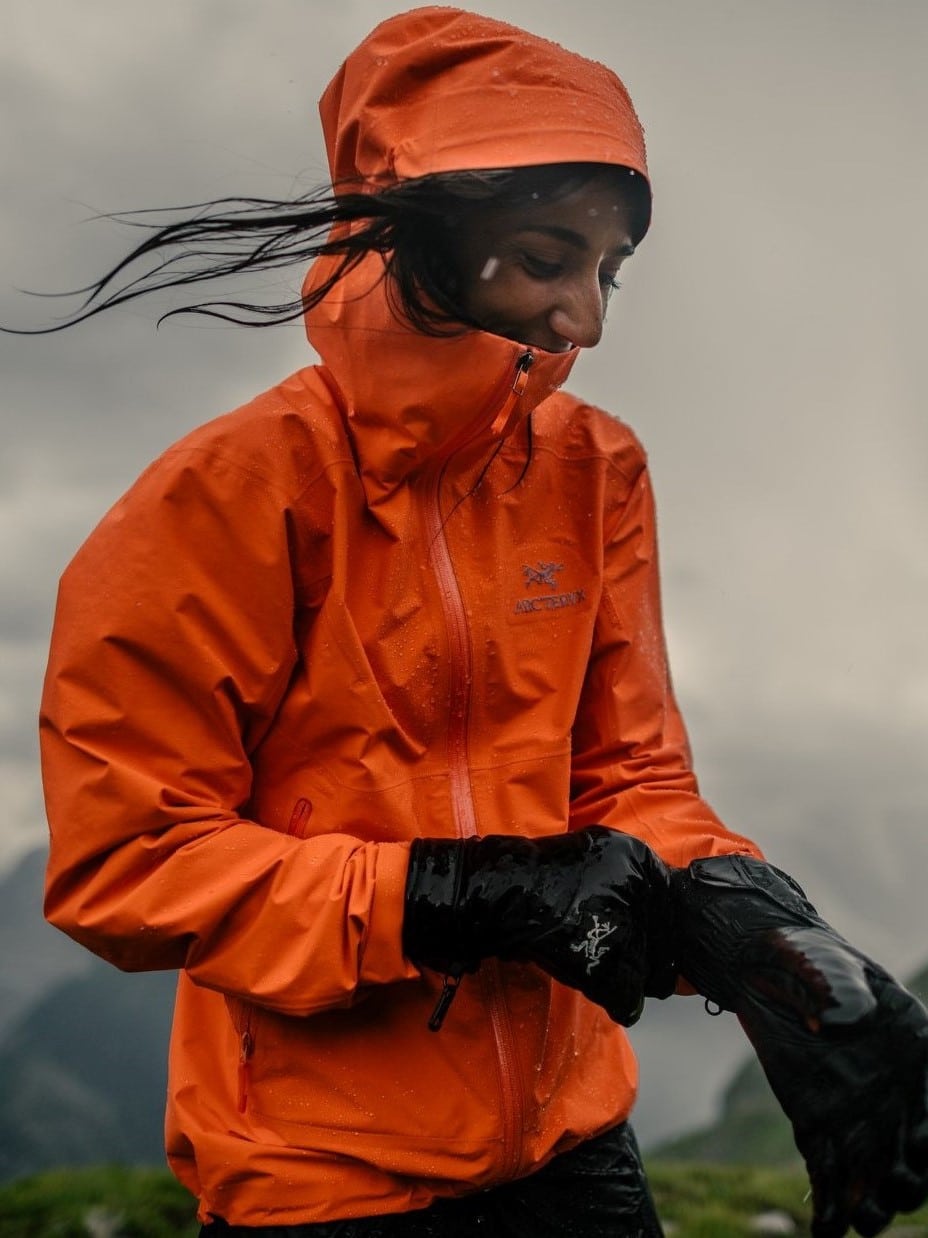
2. Arc’teryx
This popular outdoor brand has been driven by durability and performance, fighting fast fashion with long term design thinking. Garments are produced with a Life-Cycle Assessment (LCA) methodology, tracking, and reducing a garment’s lifetime environmental footprint.
There is a strong focus on care and repair, with consumer information on product care and repair services to avoid anything going to landfill.
Arc’teryx is also signed up with Bluesign®, for safer and more environmentally friendly manufacturing and production.
They’re also working on a collaborative research project by Ocean Wise in Vancouver to understand microfiber pollution from synthetic fabrics, in the hope that this data can be used to find a solution.
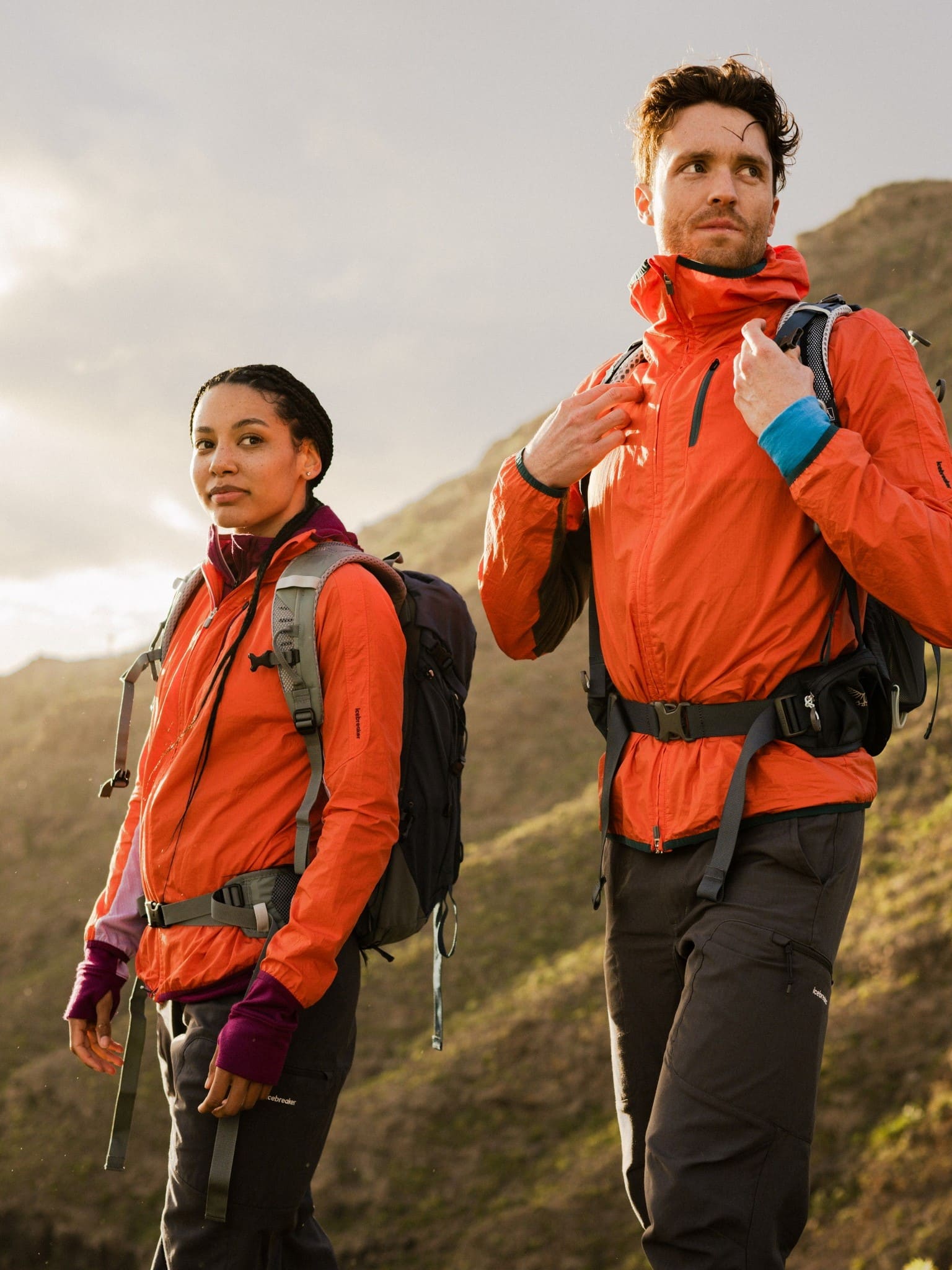
3. Icebreaker
With its roots deeply embedded in the pristine landscapes of Aotearoa (New Zealand), Icebreaker has always championed harmony between nature and performance.
From the very beginning, they’ve intertwined nature with their outdoor gear, leaning heavily on merino wool—a natural, renewable, and biodegradable resource.
Icebreaker is constantly innovating, finding new ways to reduce its environmental footprint throughout its supply chain. From efforts in minimising waste and energy consumption to maintaining ethical relationships with the farmers who provide their wool.
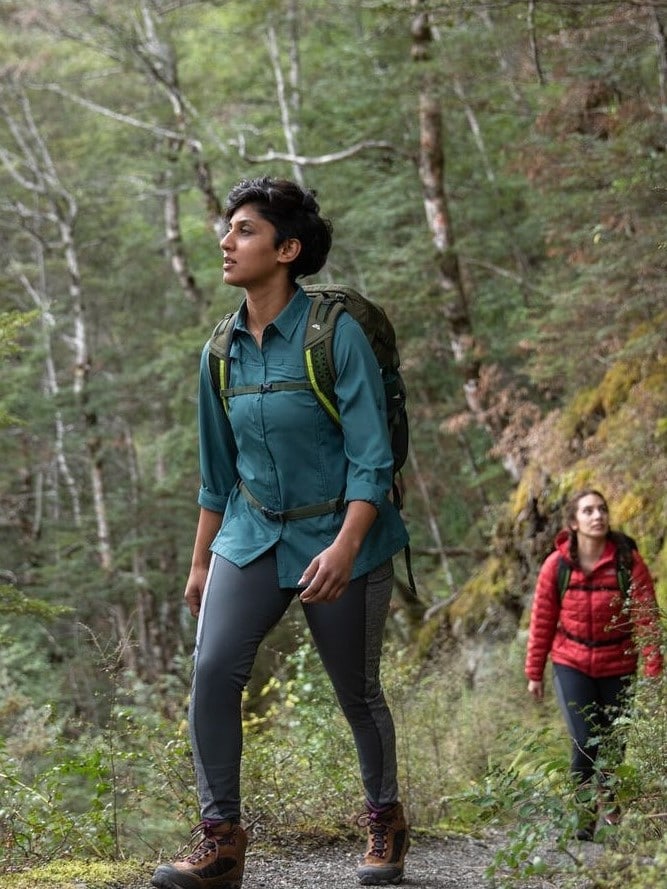
4. Kathmandu
This sustainable outdoor brand has just achieved B-Corp status, meaning it meets the highest standards of social and environmental impact.
The brand has been dedicated to sustainability since it was founded 30 years ago, with a sustainability team in NZ.
Kathmandu uses recycled and responsible materials, low-impact vegetable dyes, and low carbon emissions.
They also have 5* green buildings and recycling programs.
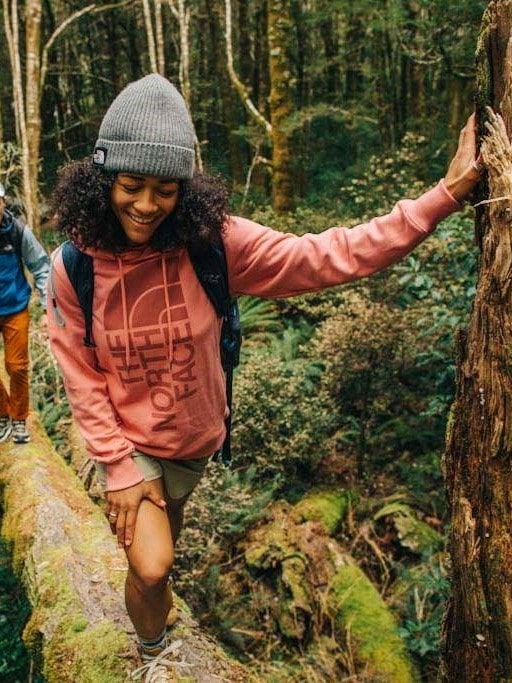
5. The North Face
This big league outdoor brand has been chasing up to Kathmandu and Patagonia in environmental efforts.
TNF has various projects aimed at protecting the environment directly and indirectly through environmentally friendly apparel.
Firstly, The North Face Renewed collection is recycled apparel sold at a fraction of the cost, reducing textile waste heading to landfill. They also have a Clothes The Loop take-back program for customers, which will then feed into renewed clothing.
TNF also co-founded The Conservation Alliance, contributing more than $1 million to protecting the environment. Oh, the Californian HQ is also run off 100% renewable energy.

6. PrAna
Prana is a Californian brand, starting out as outdoor and athletic gear ‘for positive change’.
The brand partners with various organisations such as Fair Trade, bluesign®, Textile Exchange, Responsible Down Standard to produce responsible apparel.
Garments are produced with environmentally friendly or recycled materials, using low impact dyes and full traceability in all supply chains. P
PrAna also has strong community roots with various not-for-profit organisations that they work with and donate to, to get people outdoors.
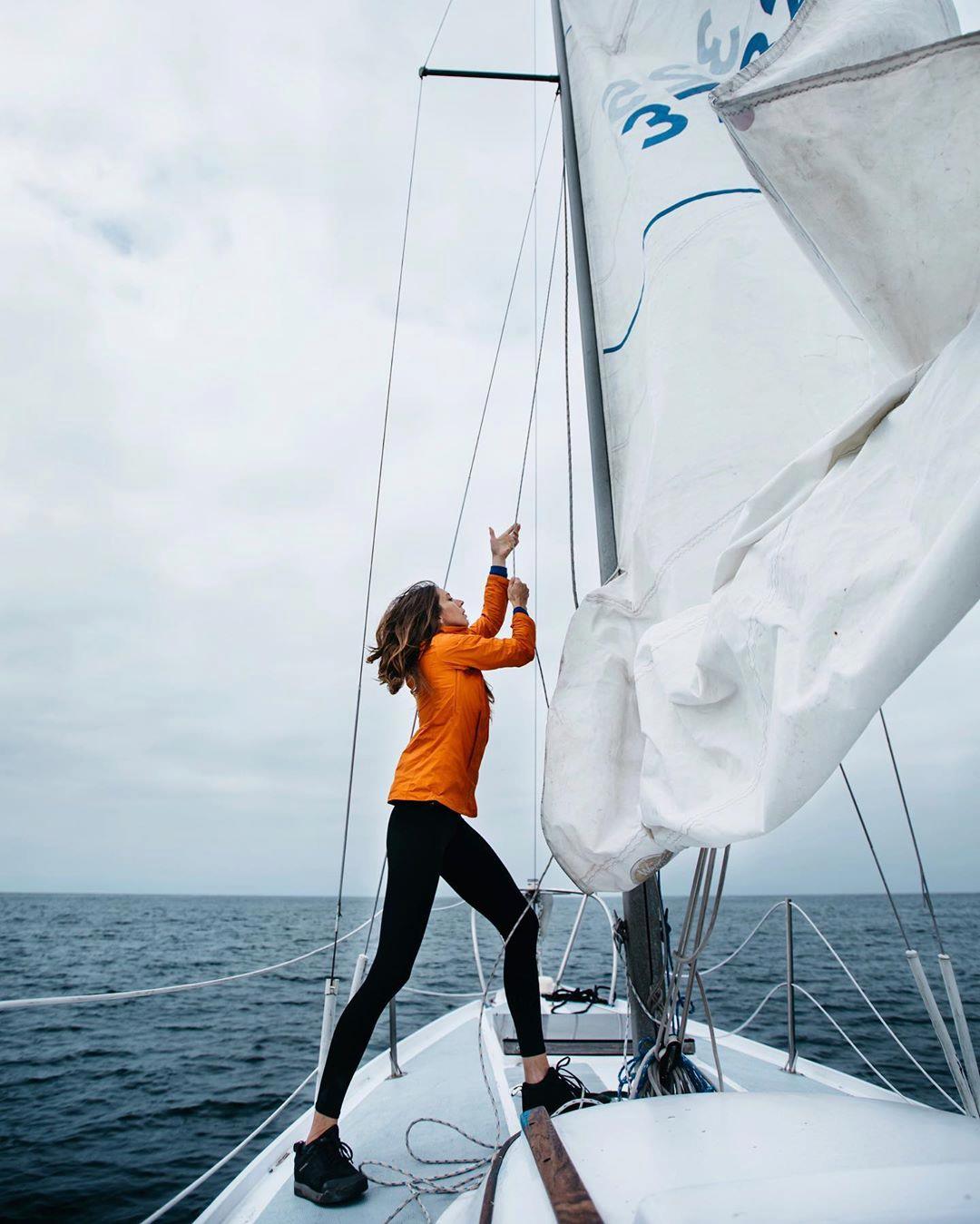
7. Marmot
This Colorado-based ethical outdoor brand is focused on three areas of responsibility: People, Product and Planet.
In production, Marmot has reduced chemical applications with the help of Bluesign® and use recycled polyester to avoid the use of raw materials.
Marmot products using organic cotton are also certified by the Global Organic Textile Standard (GOTS).

8. Picture Organic
B-Corp Certified, this independent European ski and snowboard apparel brand was founded on the motto of
‘100% committed responsibility and sustainability-driven eco-design’.
Picture Organic is focused on transforming the industry through environmentally friendly materials, packaging, shipping, company culture, community, and lobbying, using the Sustainable Development Goals as a guide.
They haven’t achieved some of their goals yet in these areas, yet they are actively working on them.


